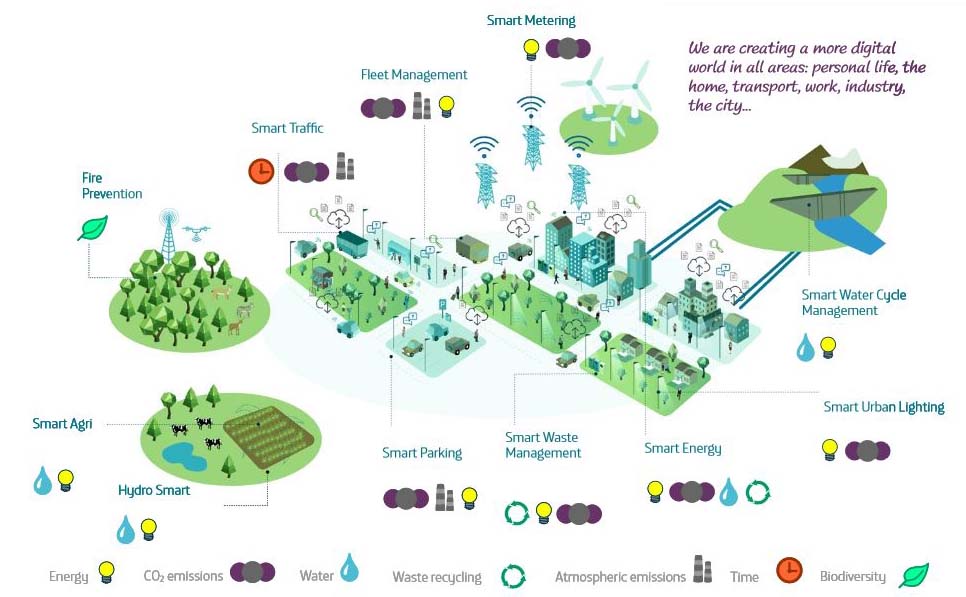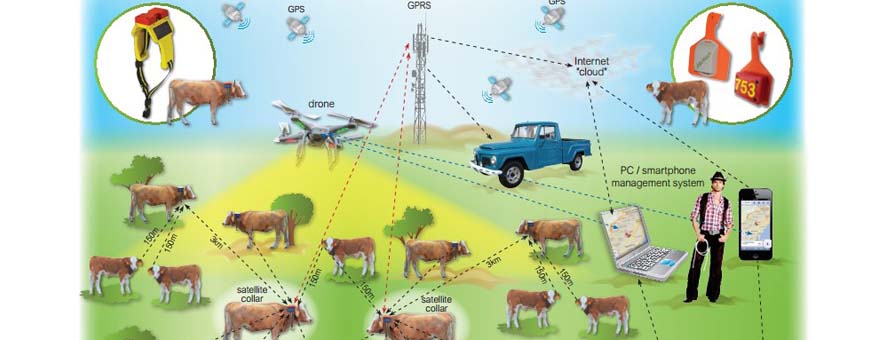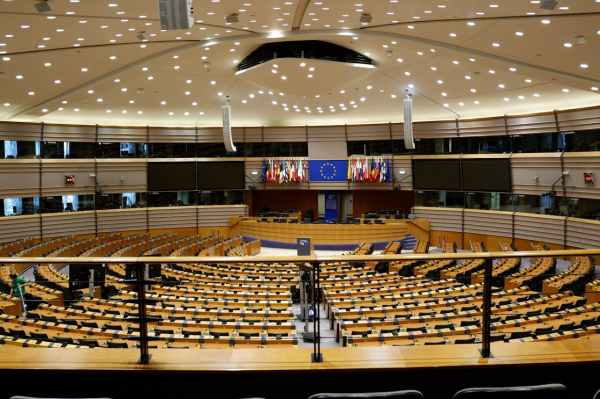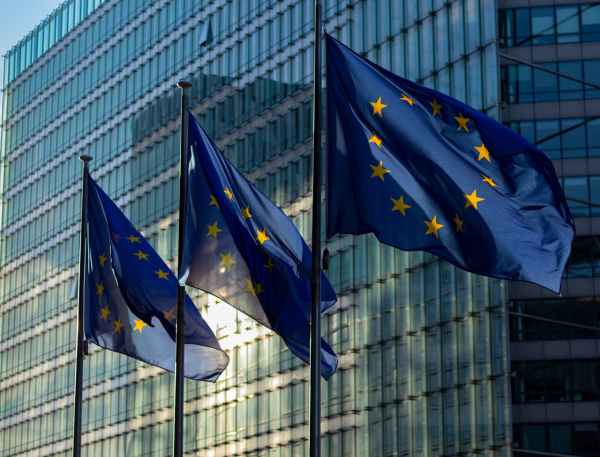Álvaro Barbado
Corporate Communications, Telefónica
We are living in the age of unsustainable development. If the rest of the world consumed the same resources as Spain in one year, it would take almost two planets the size of the Earth to meet the increasingly insatiable demand.
Climate change is the ultimate expression of a set of uncomfortable truths which, sooner or later, we will have to address. This is a global challenge, with technology constituting one of the main tools for changing the socio-economic and environmental paradigms we are faced with.
In this sense, the Internet of Things (IoT) will have a great influence. Because, although less technological-minded users may think otherwise, it has much to offer. The IoT can be a key element in the future of the planet. Here are the facts:
More habitable and sustainable cities
It is estimated that 60% of the world’s population will live in cities by 2030. Cities of varying sizes which currently suffer from a series of problems reaching beyond the high levels of pollution.
Transport inefficiency and energy waste are two of the problems that IoT solutions can help to alleviate: a 15% reduction in fuel consumption, as a result of fleet management services, a 10% saving on fuel in waste collection and 85% development of black spots, where there is poor waste separation, by means of Smart Waste, a 43% reduction in the average time spent searching for regulated parking with Smart Parking, a 15% cut in water irrigation thanks to solutions such as Smart Water and so on.
EcoSmart Services

Fewer emissions, greater quality of life
According to the WHO (World Health Organization), 90% of urbanites live in cities with high levels of pollution. The Internet of Things can help reduce CO2 emissions, thereby combating climate change and improving our quality of life.
The “cold” numbers are those which best illustrate this reality. To date, Telefónica’s Energy Efficiency in Buildings service has prevented the emission of 41 kilotonnes of CO2, while the fleet management service has managed to reduce emissions of these gases by 18 kilotonnes. In addition, the Smart Grid distribution networks, together with Big Data, can increase these savings to 1.8 gigatonnes by 2030. And these are just a few examples.
Connected agriculture and livestock

We cannot continue to consume at the current rate without changing the way in which we produce resources. It is therefore necessary to develop solutions capable of increasing production, but doing so while minimizing the impact on the environment and the resources themselves.
Fortunately, there are encouraging examples of the above on each front. Thus, in the livestock sector we have come across the case of Celotor, a Colombian company which has developed a sensor to establish when cows come into heat, thereby improving their fertility rate, and the alliance between Telefónica IoT and Cattle-Watch, that thanks to the IoT solution offered by the telco, it provides regular information on livestock: their location and state of nutrition, diseases and so on.
In the case of agriculture, the sensorization of fields, the use of drones to improve the use of pesticides and the introduction of smart irrigation are services which can be applied to optimizing crop production.








